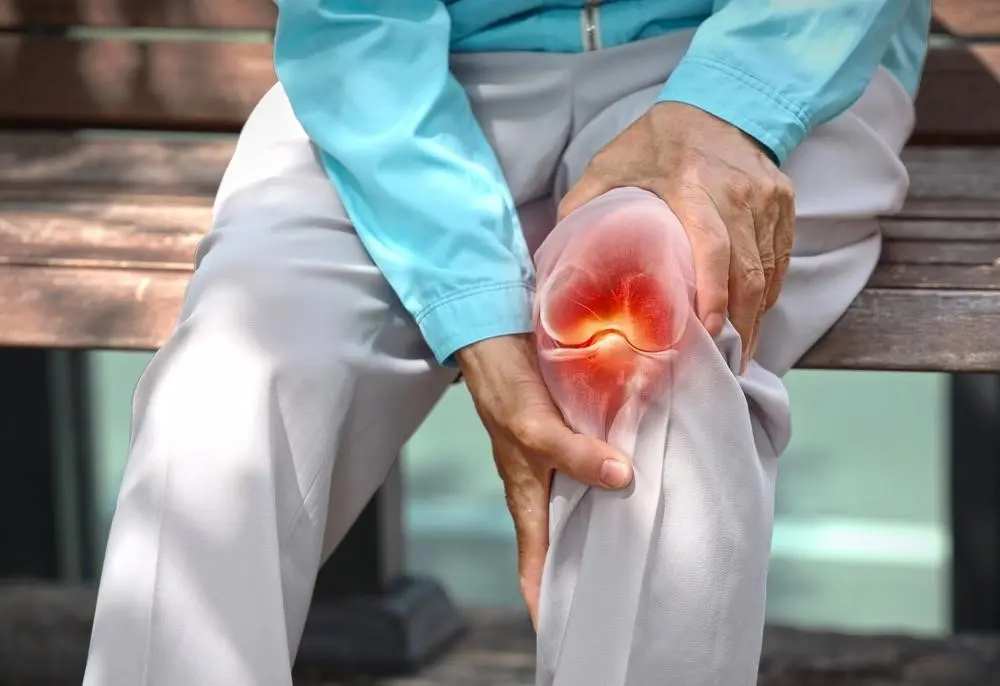Teeth are essential to the quality of our lives. They chew, help us articulate words, and give us a bright, beautiful smile. Lose your teeth—either to disease or injury— and your life undoubtedly suffers.
In the past, people turned to bridges and dentures to fix missing teeth. Then came dental implants—a more permanent, better fitting, and natural-looking replacement. Today, dental implant technology has become so advanced, that replacement teeth can be just as comfortable and functional as the real thing.





